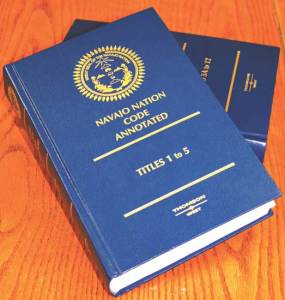The forum selection clause in Waste Management of Louisiana LLC v. Jefferson Parish was permissive, not mandatory:
“Jurisdiction: This Agreement and the performance thereof shall be governed, interpreted, construed and regulated by the laws of the State of Louisiana and the parties hereto submit to the jurisdiction of the 24th Judicial District Court for the Parish of Jefferson, State of Louisiana. The parties hereby waiving [sic] any and all plea[s] of lack of jurisdiction or improper venue.”
When Waste Management sued in Louisiana federal court, the defendant’s forum non conveniens motion was denied and the Fifth Circuit declined to review that denial by interlocutory appeal. No. 14-90040 (Nov. 28, 2014, unpublished). The Court noted: “Unlike their mandatory counterparts, permissive forum selection clauses allow but do not require litigation in a designated forum. As such, we have never required district courts to transfer or dismiss cases involving clauses that are permissive.” It held that Atlantic Marine Construction v. District Court, 134 S. Ct. 568 (2013), did not change that rule, as that case involved a mandatory clause, and “[t]he vast majority of district courts deciding this issue have rejected Atlantic Marine’s application to permissive forum selection clauses.”





